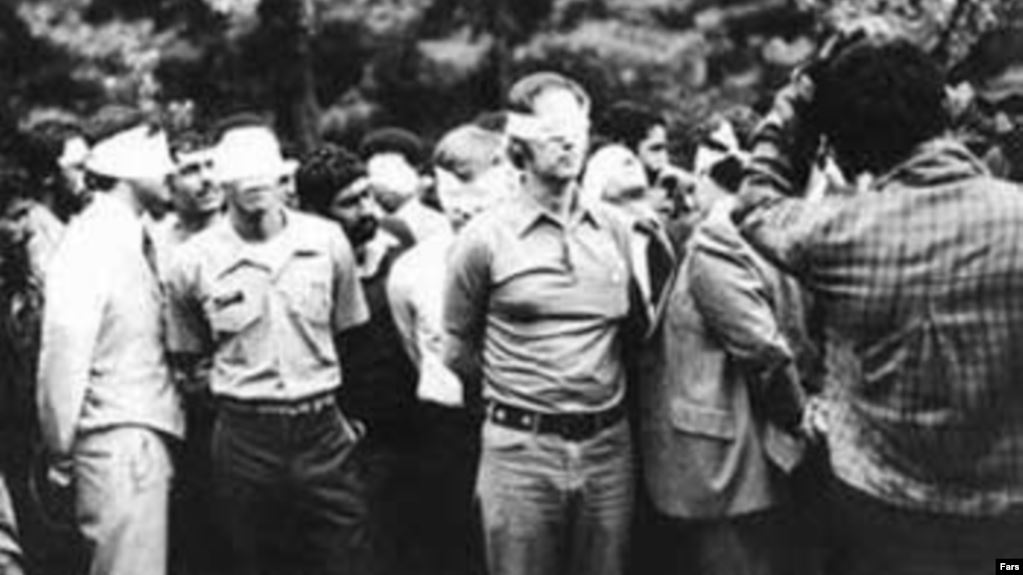Special to WorldTribune.com
UNITED NATIONS — Amid attacks on commercial shipping, threats to close the vital but vulnerable Straits of Hormuz, and the shooting down of an unarmed American reconnaissance drone, the drumbeat of impending conflict builds with Iran. The rhetoric has reached an incendiary crescendo. The opposing militaries are facing off. All that’s needed is the spark.
Iran’s downing of a U.S. Global Hawk drone over international airspace in the Gulf of Oman provided the inevitable and possibly intentional provocation. President Trump bristled but did not take the bait.

Shooting down an unmanned drone was not a causus belli but did require a proportionate U.S. response. Yet in this high stakes game unfolding near the narrow Straits of Hormuz, a maritime choke point through which much of the world’s petroleum passes each day, the president was not willing to take the first step in what could quickly lead into a wider war.
The USA was ready to militarily respond but at the last minute, knowing of the expected civilian casualties, did not let slip the dogs of war.
Instead, in a proportionally measured response, the U.S. launched a powerful cyber attack on Iranian air defense systems directly related to the drone shoot-down. Moreover the Trump Administration has ramped up already crushing economic sanctions on Iran to further squeeze an already weak economy.
Let’s face it, much of the Washington establishment, in both political parties and especially among the neoconservative movement, not to mention the Saudis, wanted the President to unleash fury on Iran. Yet Donald Trump, who has long wanted to disengage from Mideast conflicts, was hesitant about opening yet another Pandora’s box, in this case in the Persian Gulf. Nonetheless to be clear, President Trump warned Iran of “obliteration” in the event of a war.
Let’s look at the wider backstory to this now generational face-off with the Islamic Republic of Iran.
Since 1979 when the Ayatollahs came to power in the so-called Islamic revolution, the Teheran regime has faced off with seven U.S. Presidents from Jimmy Carter to Donald Trump. During all these years the mantra of the Teheran leadership has been “Death to America,” although with different degrees of enthusiasm.
For the USA, Iran remains a geopolitical Pandora’s Box. During the Shah’s reign, Iran stood as a regional pillar of Mideast stability for U.S. and Western interests. We know what later happened after the Islamic Revolution when radical Iranian students seized the U.S. Embassy in Tehran and held 52 American diplomats hostage for 444 days. Sadly the Islamic Republic of Iran ruined a reformist, modernizing and secular Iran creating a cruel authoritarian theocracy which rules to this day.
Thus the seemingly unending Iran crisis has been part and parcel of U.S. foreign policy for more than a generation. Over the past forty years, Washington and Teheran were at political loggerheads over both Iran’s support of global terrorism and most dangerously the Islamic Republic’s clear and consistent path towards developing nuclear weapons.
During the Obama Administration, the U.S., along with the permanent members of the UN Security Council and Germany reached a dubious diplomatic deal to constrain Teheran’s nuclear weapons ambitions. The deal stopped the clock on a brewing crisis but did not solve the long term problem of the Islamic Republic’s proliferation. In 2015, the UN Security Council blessed the accord known as the JCPOA and it was back to business as usual.
Soon tough sanctions were lifted on Teheran, and Britain, China, France, Germany and Russia gleefully rushed into the country seeking commercial deals. So did the USA with Boeing aircraft leading the pack.
But when the Trump Administration pulled out of the flawed Iran deal, the political and indeed commercial dynamic began to change. Renewed sanctions have crippled the economy. Even Iran’s once powerful petroleum sector faces severe production cutbacks due to sanctions. Iran’s currency, the Rial, is in free fall.
Ominously the Revolutionary Guard, as protectors of the regime and central to the political power of the the Islamic Republic, have lashed out at American and Saudi interests.
Given the parallel government role played by the Revolutionary Guard, there’s a strong possibility this current crisis is fueled precisely to provoke the USA and neutralize any reformist elements in Teheran.
Trump’s backdown over the drone downing was Iran’s one free pass. There will not be another.
And that’s where it gets dangerous. The U.S. president is giving the Teheran regime an off ramp to dial down the crisis and negotiate. But will they?
John J. Metzler is a United Nations correspondent covering diplomatic and defense issues. He is the author of Divided Dynamism the Diplomacy of Separated Nations: Germany, Korea, China (2014). [See pre-2011 Archives]

 By
By